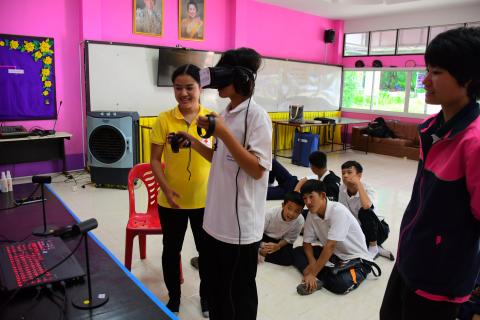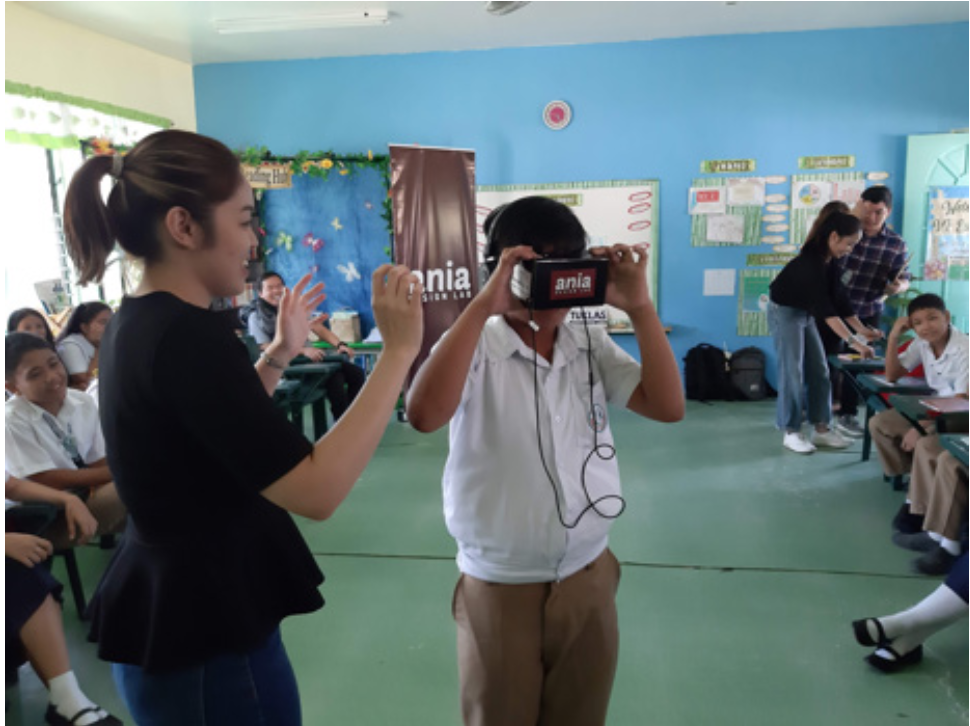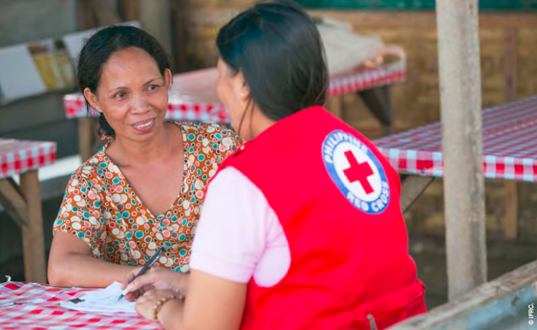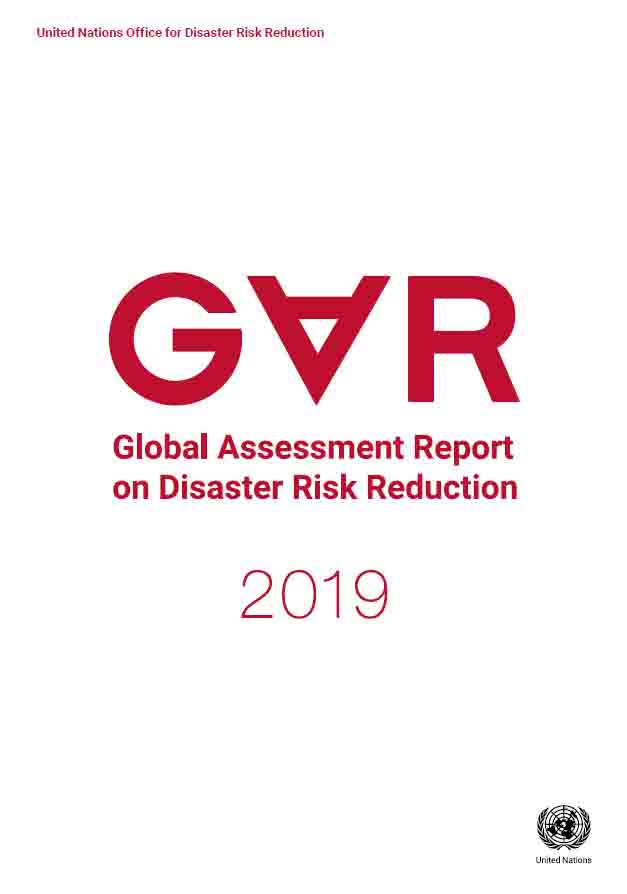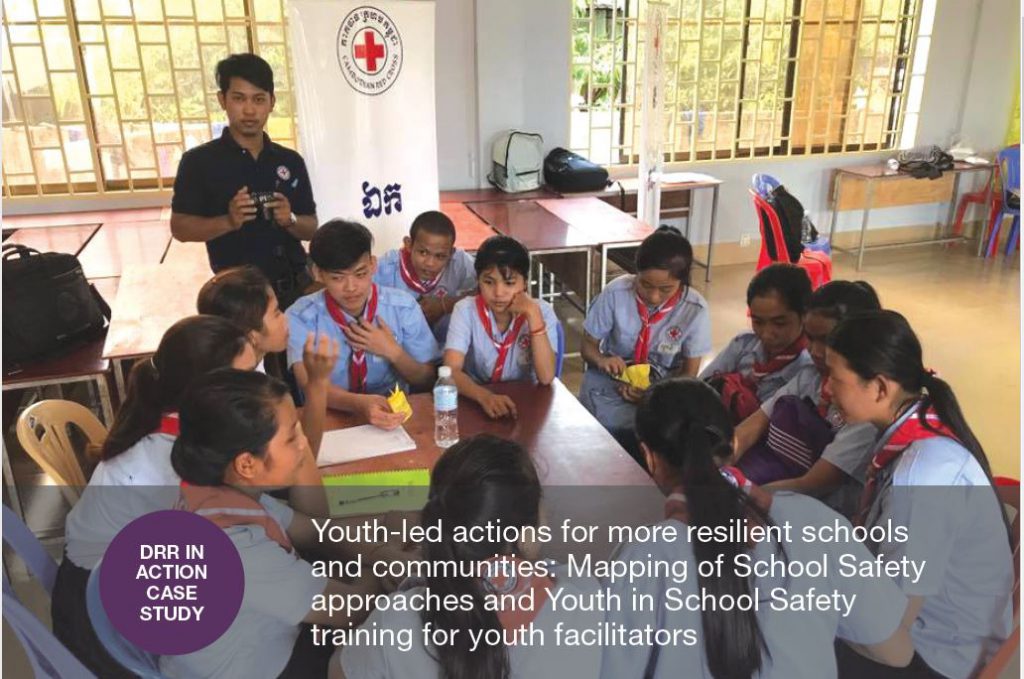10 Key Takeaways from the Immersive Technologies & Digital Games for School Disaster Preparedness Report
The use of virtual reality simulations in a variety of training and pedagogical contexts is expanding, reflective of an upward trend in immersive technologies & digital games’ impact for social good. To embrace this transformative wave, The Global Disaster Preparedness Centre (GDPC) and the American Red Cross commissioned research in 2019 to examine how immersive […]

